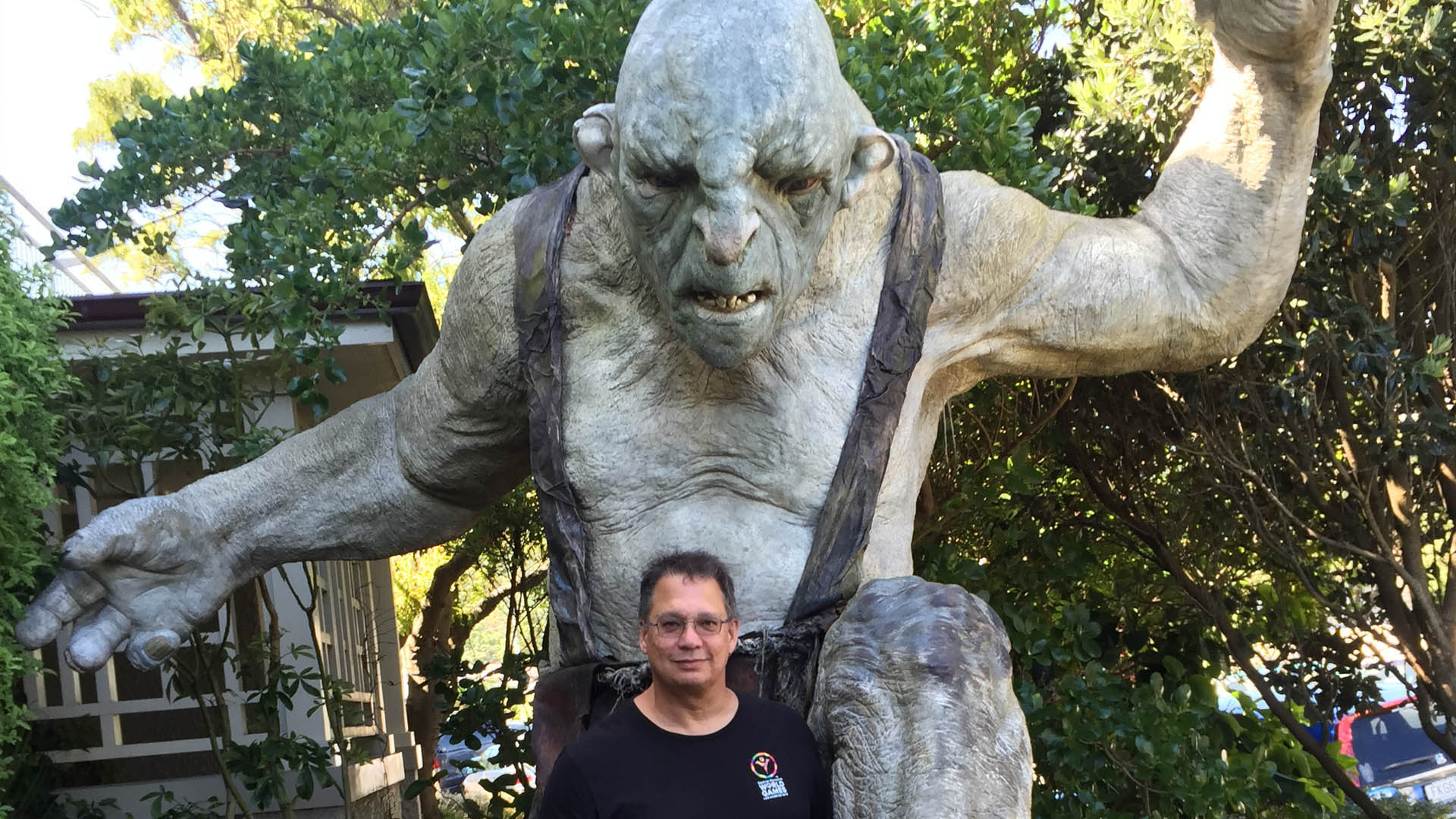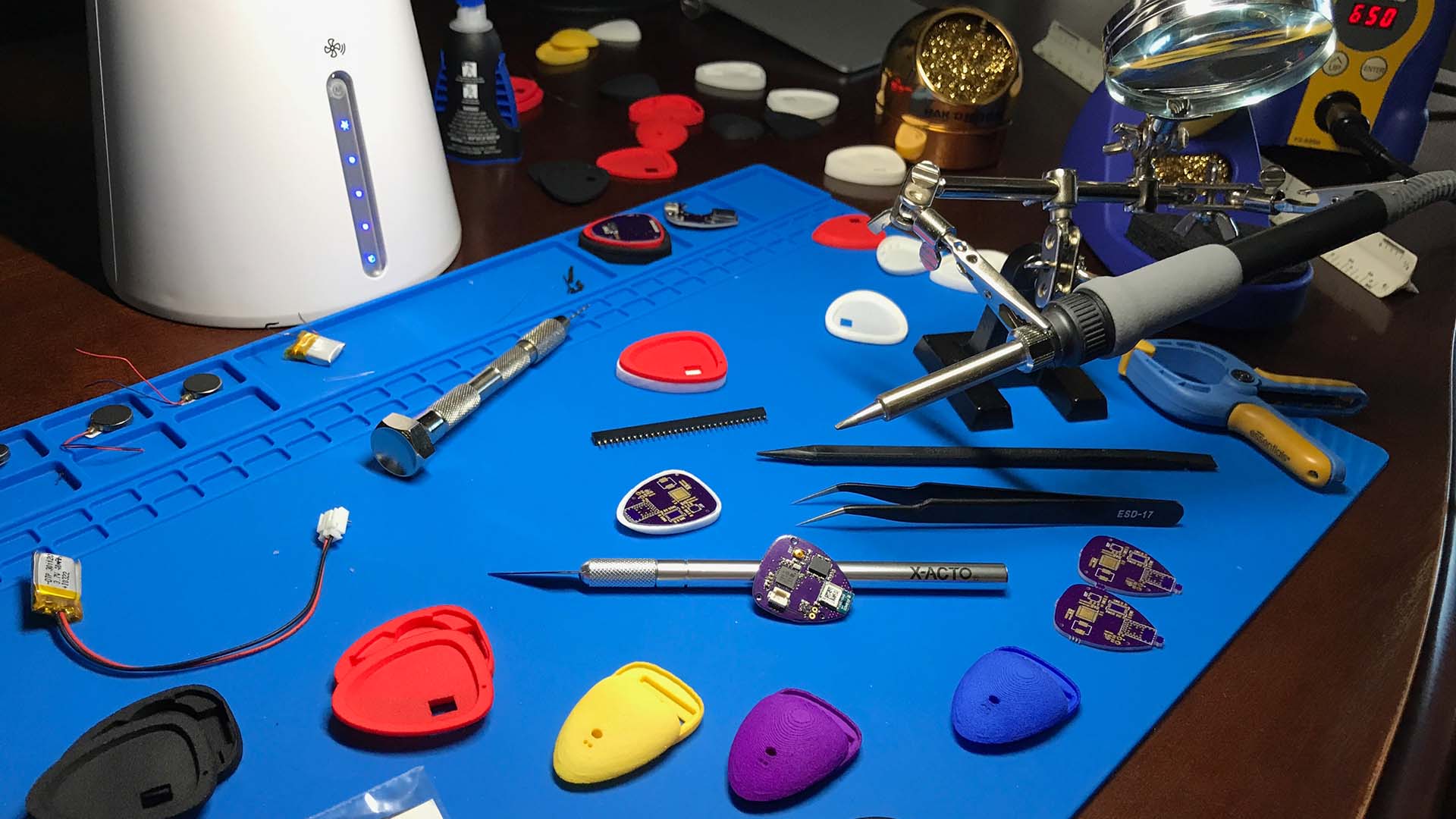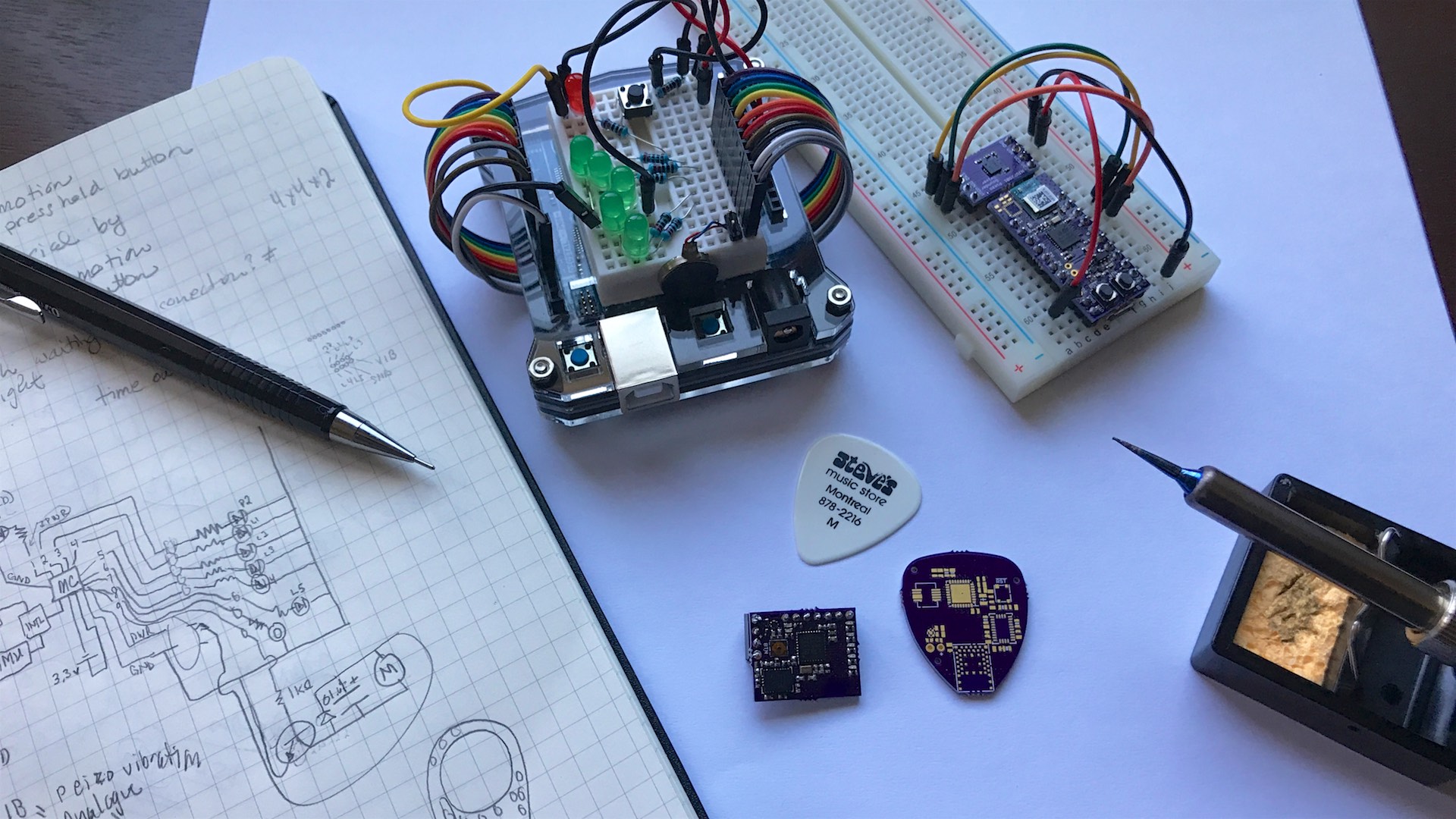Finally got a chance to visit some my favorite places when I lived in Japan and I thought I would share them with you in a video!

The Weta Cave in Miramar
When down in Wellington NZ, I had the opportunity to visit the Weta Cave. This is where some remarkable digital effects and props are created. Some examples include, Planet of the Apes (all the apes were created digitally), Avatar, Lord of the Rings, and the Hobbit.
Weta Cave is located on the Miramar peninsula, and has definitely made a name for itself in the movie industry. So much so that Wellington is sometimes referred to as Wellywood.
But all puns aside, the people working at Weta are nothing short of amazing. 3D imaging for rough cuts are made, molds are created, reverse molds fabricated, and final products that require camera close-ups are tediously handcrafted to perfection. I had a long conversation with a hair artist while at the cave. Swedish-born, she has been working with Weta for countless years and is involved with overseeing a team of makeup and fabrication artists. She is also responsible for placing the hair on human and non-human props (think dwarves, dragons and orcs as opposed to wolves, cats, and birds). Each piece of hair is added one by one. Foreheads, arms, hands, fingers, a six o’clock shadow, even nose and ear hair is added to figures that look so lifelike, that you can not tell them from the real thing. It’s only the logic playing in your mind that’s telling you these works of art will not start having a conversion with you or eat you.
Then there are the many weapons and chain mail that were used in the Hobbit and LOTR. There are ‘real’ weapons for close-ups, fabricated materials for mid-shots, and soft plastic weapons for battle scenes. I never knew that a single weapon can also have a stunt double, let alone stunt triples! For chain mail, 3D printing comes into play by making plastic armor that looks and sounds like real metal, but at 1/10th the weight.
But perhaps the most interesting aspect for me, was to get to know some of the employees and to learn how character ringing is developed. More specifically, how tools are used on an actor to record their facial expression and body movement, and how that can be mapped and meshed to create digital characters for use in Maya or zBrush. It is my hope to apply this technology to a business model that I’m exploring for the end consumer. I see a future where real-time body mapping can be used in learning or improving various skills. In the area of sports one could use this technology for adapting a good running posture, balance during a golf swing, or learning and perfecting body movements with different styles in Tai Chi and Yoga.
Weta definitely has got my mind working towards an interesting course of action and with Bluetooth LE, followed by the rapid advancements in the Internet of Things (IoT), a future project of mine may come to fruition sooner than I thought.



This Post Has 0 Comments